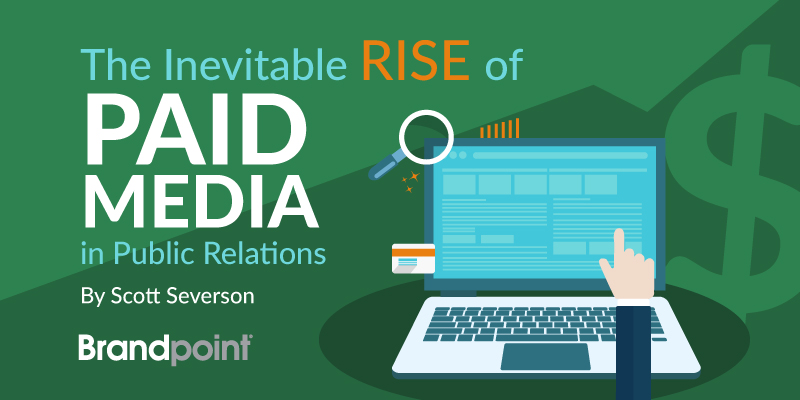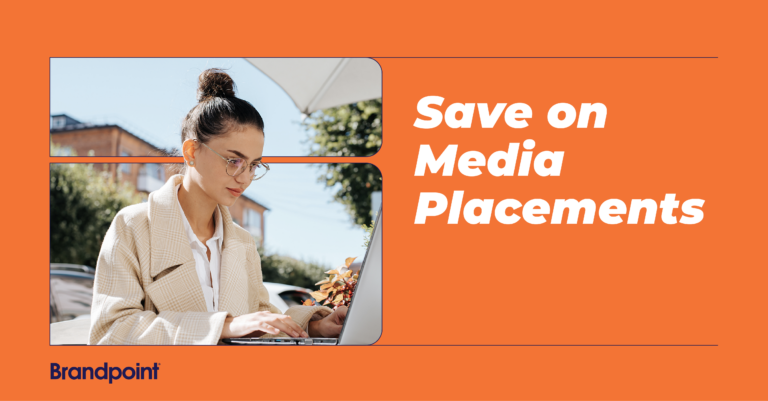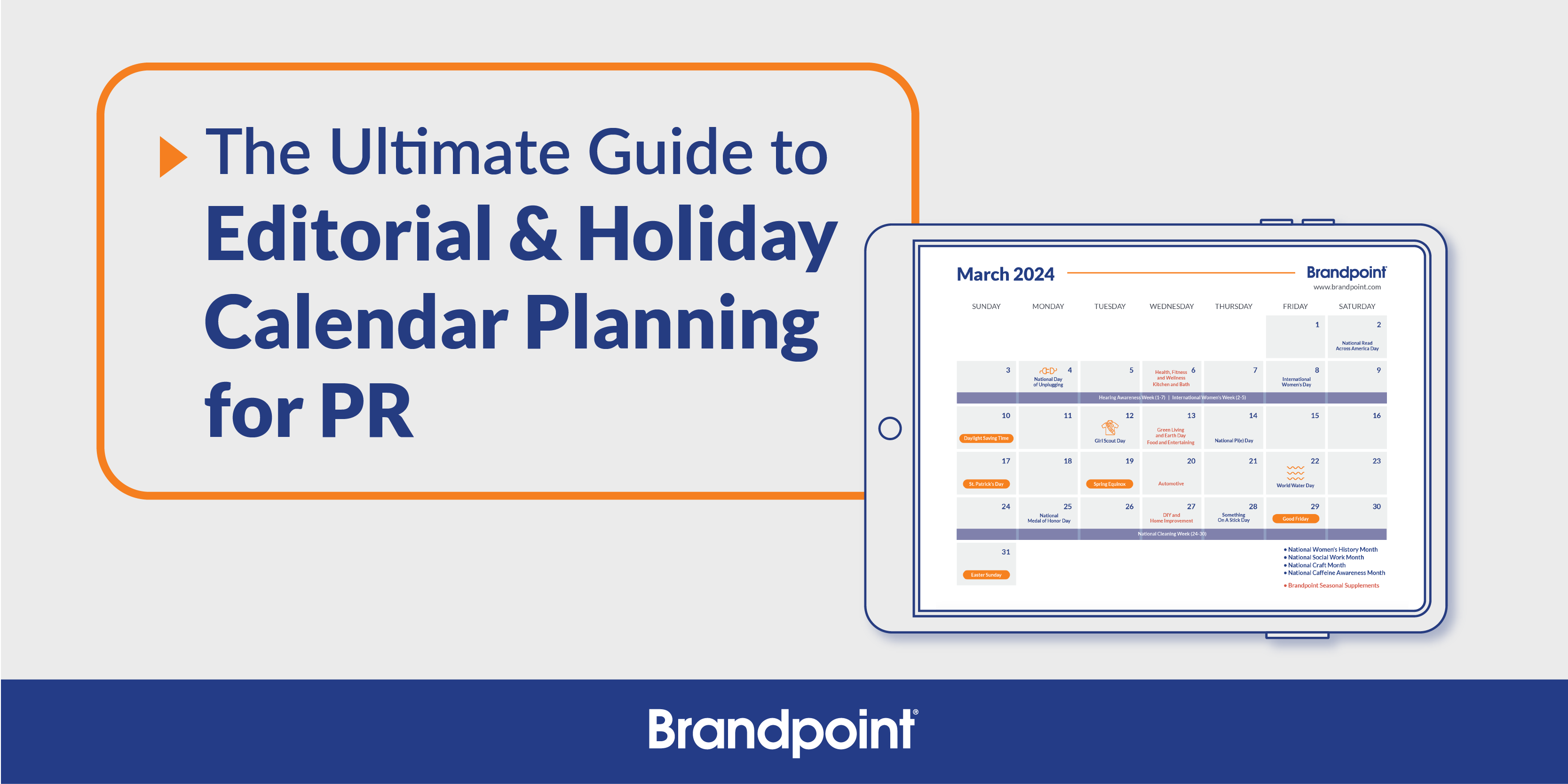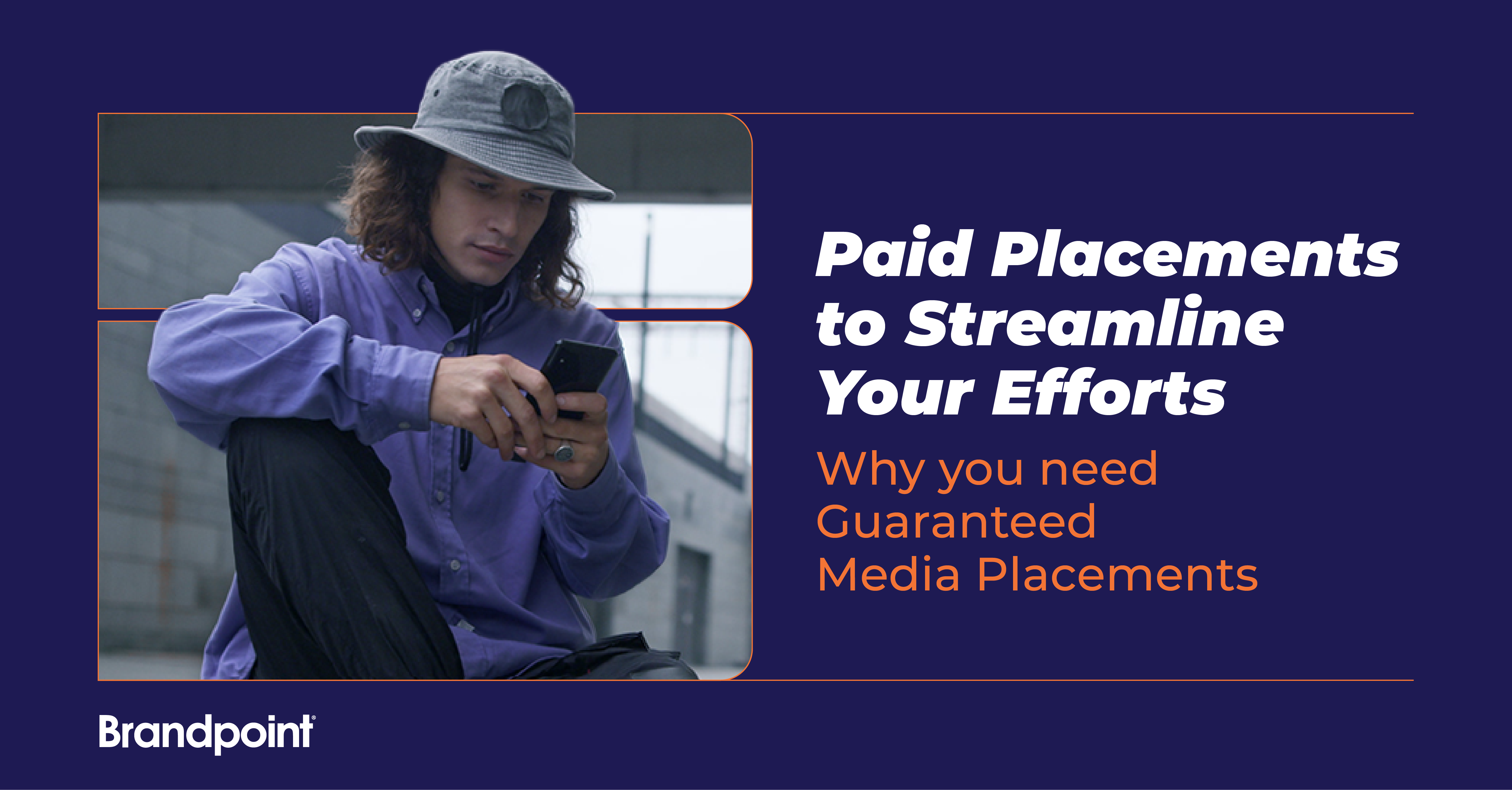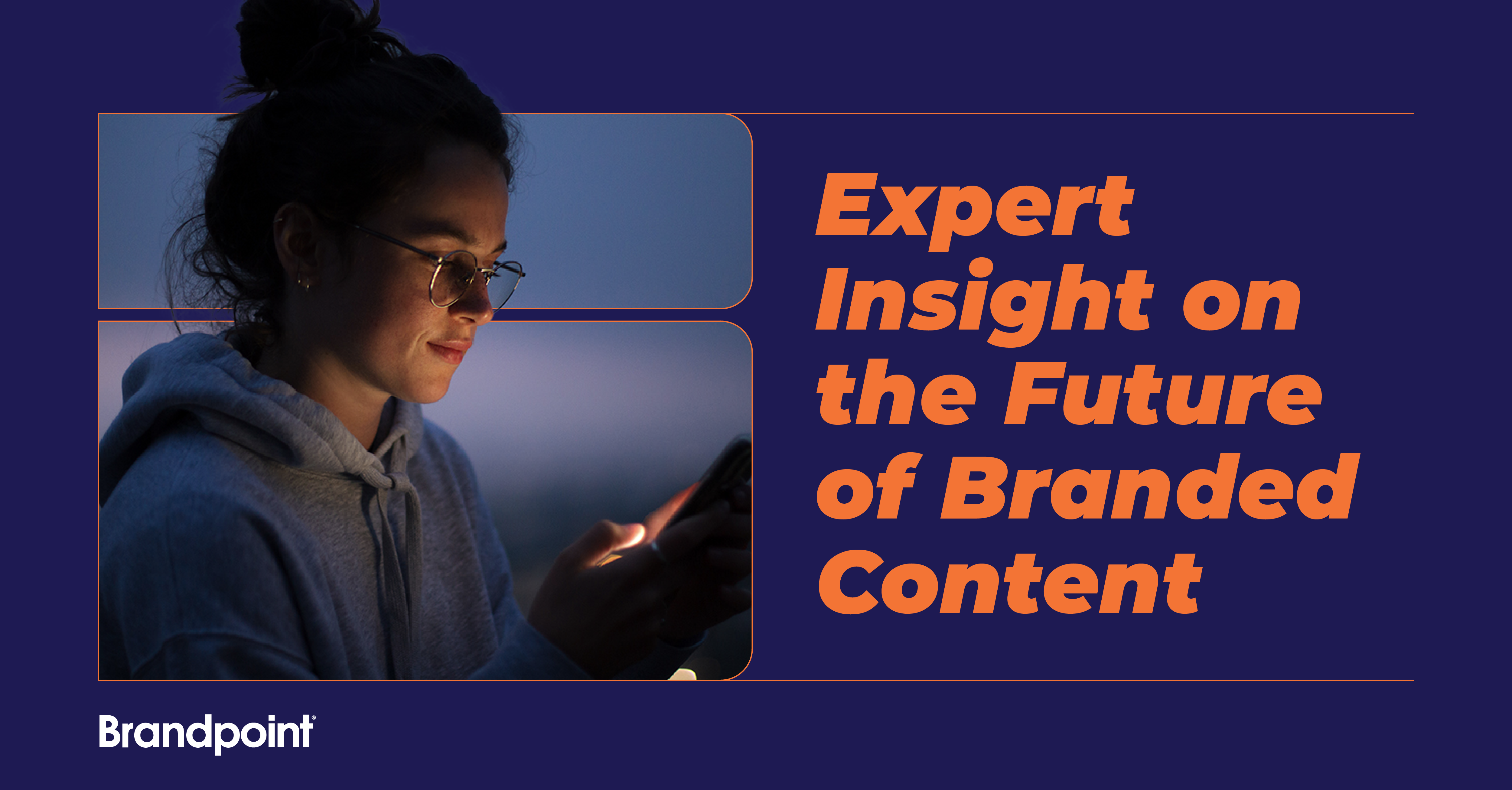The perception of paid media is changing in PR agencies. In the last several years, paid media has transitioned from being persona non grata to becoming a core part of the PR strategy. The reason for this sea-change? Securing earned media is becoming more difficult while consumers are simultaneously becoming more fragmented and harder to reach. To drive results for clients today, paid media must play a role in your overall strategy.
We’re going to explore the various paid media types, tactics and outcomes, and also look at paid as part of a multi-channel media mix.
Native Advertising Defined
There is a fair amount of confusion surrounding native ads. Many people think that native ads and sponsored content are interchangeable terms; and while they may be in the same family, they are different species. Here’s a definition to help frame this discussion: a native ad is a media placement that fits the appearance of the surrounding content. Most commonly, it includes a teaser of the story and a related image.
It is designed to grab the readers’ attention and encourage them to engage with the full story as they normally would on that site. Native ads typically link to sponsored content, earned or owned media. In many cases publishers (and vendors) will label native ad units as “Sponsored Content” for consumer benefit as they will often land on a sponsored content piece. In reality, they are a native ad and they’re primed for a takeover. According to Business Insider, native ads (typically sold on a pay-per-click-basis) will account for 74 percent of all ad revenue by 2021.
Examples of Native Ad Platforms
Content Discovery Platforms, such as:
- Outbrain
- Taboola
- Stack Adapt
Examples of Native Social
- Facebook
- Boosted Posts
- Instant Articles
- Twitter
- Promoted Tweets
- Pinterest
- Promoted Pins
- Snapchat
- Snap Ads
How Native Tactics Support PR Goals
- Creates immediate and measurable outcomes of views, clicks and post-click engagement
- Drives measurable traffic to both earned media and sponsored content placements
- Extends the shelf life of positive earned media
- Assists geo-targeted discovery of earned media
- Aids crisis communications
- Increases brand lift by as much as 82 percent
- Builds cookie pools for retargeting
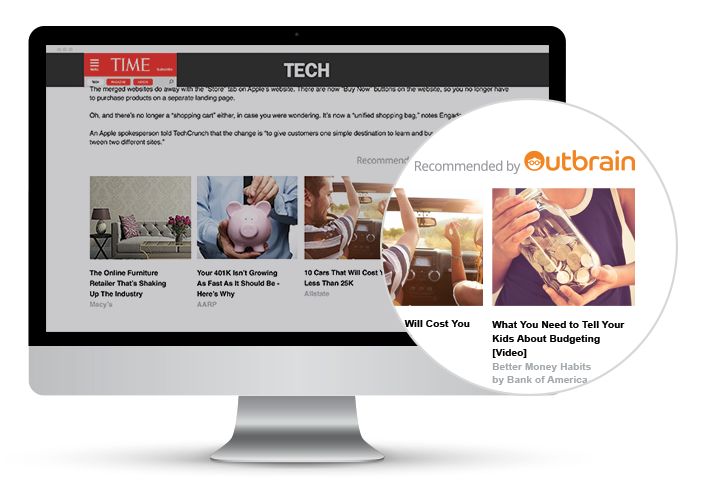
This example of native advertising features an article promoted by Outbrain
Sponsored Content Defined
Though it also fits form and function of its host like native advertising, sponsored content includes the brand-sponsored articles and videos that appear on publisher sites and social platforms. Clearly defined, sponsored content is created in a collaborative effort between a brand and a publisher that lives on a publisher-owned property. Sponsored content usually involves telling an informative story that subtly weaves in references to the brand.
To be successful, sponsored content needs to provide real value to the reader. If it’s not educating or entertaining, it’s not going to be effective. Unlike the Native Advertising model, sponsored content is most typically sold on a price-per-campaign basis, and pricing can vary significantly depending on the publisher or network.
Top Forms of Sponsored Content:
Content Studios
While publications of all sizes now have sponsored content offerings, it’s been interesting to see the adoption of the medium from large and venerable publishers. Major publications are developing their own studios to create and host sponsored content. They usually employ a team that is separate from their editorial team to produce content for their sponsored content offerings. Using a publisher’s content studio doesn’t come cheap. On Buzzfeed, for example, a piece of sponsored content will run you about $100,000.
Examples of Content Studios:
- BrandVoice – Forbes
- HuffingtonPost Partner Studio
- T Brand – New York Times
- Folio – Conde Nast
- Buzzfeed
Brandpoint Sponsored Content
Where the content studios are great for a single, impactful placement, Brandpoint employs a network strategy to its sponsored content offering. With Brandpoint, PR agencies can place a feature article, listicle or infographic to the desktop and mobile versions of over 1,100 publisher sites, including LA Times, Chicago Tribune, Houston Chronicle, and many others at a fraction of the cost you’d typically pay for a content studio placement.
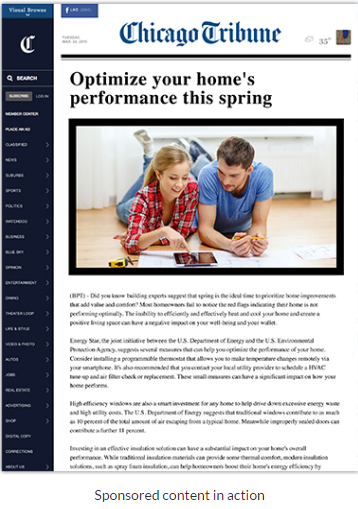
Sponsored Content Tactics and Outcomes for PR
- According to a study by Edelman, brands receive a 33 percent boost in credibility when their content is placed on well-respected sites.
- In many cases, sponsored content performs as well or even better than original non-sponsored editorial. According to Chartbeat, half of T Brand Studio sponsored content posts outperformed original editorial content.
- Earned Media is important and will always be a focus of PR, but it’s also hard to predict results. Sponsored Content is a predictable way to both augment earned media and generate meaningful and impactful results.
Common Sponsored Content Pitfalls
Bad Neighborhoods
A big challenge brands have with native advertising is the concept of bad neighborhoods and brand safety. Many native ad platforms do not have safeguards in place to prevent your ad from appearing next to scandalous or unseemly content. When selecting a partner for native ads, it’s important to understand how they will keep your brand from appearing adjacent to unsavory content.
FTC Compliance
The biggest issue for PR Professionals to consider when purchasing paid media is compliance. The FTC issued guidelines related to sponsored content in December 2015. At the time of this writing, it remains the most current guidance on compliance.
The two major tenets of the guideline are:
- The content cannot be misleading or deceptive in either making claims or attempting to appear as actual editorial content. The issue of “Fake News” has dominated our most recent election cycle, and as a result, the requirements around content veracity will likely receive increased scrutiny.
- The other core tenet is disclosure that is clear and prominent. Be sure to inspect that the partner or publisher complies with these guidelines. If you’re paying for a placement, it must be completely transparent to the reader that it is sponsored content.
Read here for a recap of the guidelines and what it means for your brand.
The FTC has made it clear that all parties involved bear a responsibility for compliance: the brand, the publisher, and any party involved in the creation of the content. It is imperative that you work with parties that both understand the guidelines and take action to comply with them.
Driving Towards Convergence
While we focused primarily on paid media for PR in this article, the real goal in today’s PR environment should be a multi-channel strategy. Back in the dark ages, reaching an audience was pretty straight forward. We watched a handful of television stations, we read our local newspapers, and we listened to 1 of 5 radio stations during our daily commute. That world is long gone. Today we live in an increasingly fragmented and media-bombarded world. According to Altimeter Group, we each see about 3,000 brand impressions on a daily basis. It’s like we live in a virtual Times Square 24/7. We’re constantly moving from screen to screen, and from print to online. As a result, focusing solely on a single media channel (earned, owned, paid, shared) or a single medium (online, print, broadcast, radio) no longer works. We have to be everywhere our customers are.
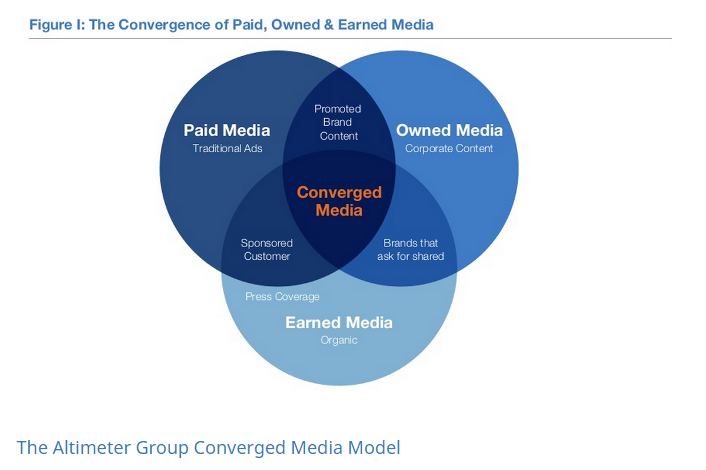
The best strategy for connecting with and influencing consumers today is a multi-channel approach, or what Rebecca Lieb calls “Converged Media.” A strong presence in paid, earned, shared and owned channels creates channel synergies that increase the effectiveness of the other channels. You could extend the life of a great piece of earned media through a paid campaign, for example, or boost a particularly effective sponsored content or owned media piece to social channels and reach new audiences. From billboards that promote social engagement to broadcast commercials that showcase user generated content, converged media is the new normal and it needs to be reflected in your strategy.
The New Paid Media Norm
PR is ideally poised to bring a converged strategy to their clients, and we’re seeing this happening more and more today. Historically PR has focused on earned media, but today most PR agencies have evolved into full-fledged content marketing shops that are playing an increasingly larger role in producing content for their clients’ social and owned media channels. Layering more paid media into their converged media mix can offer both competitive advantages and increased client results in all channels. Paid media is no longer the sole bastion of the ad agency, and, since the most effective paid media online today is content-based, PR has a unique advantage to reach new audiences, tell a compelling client story and drive results.

